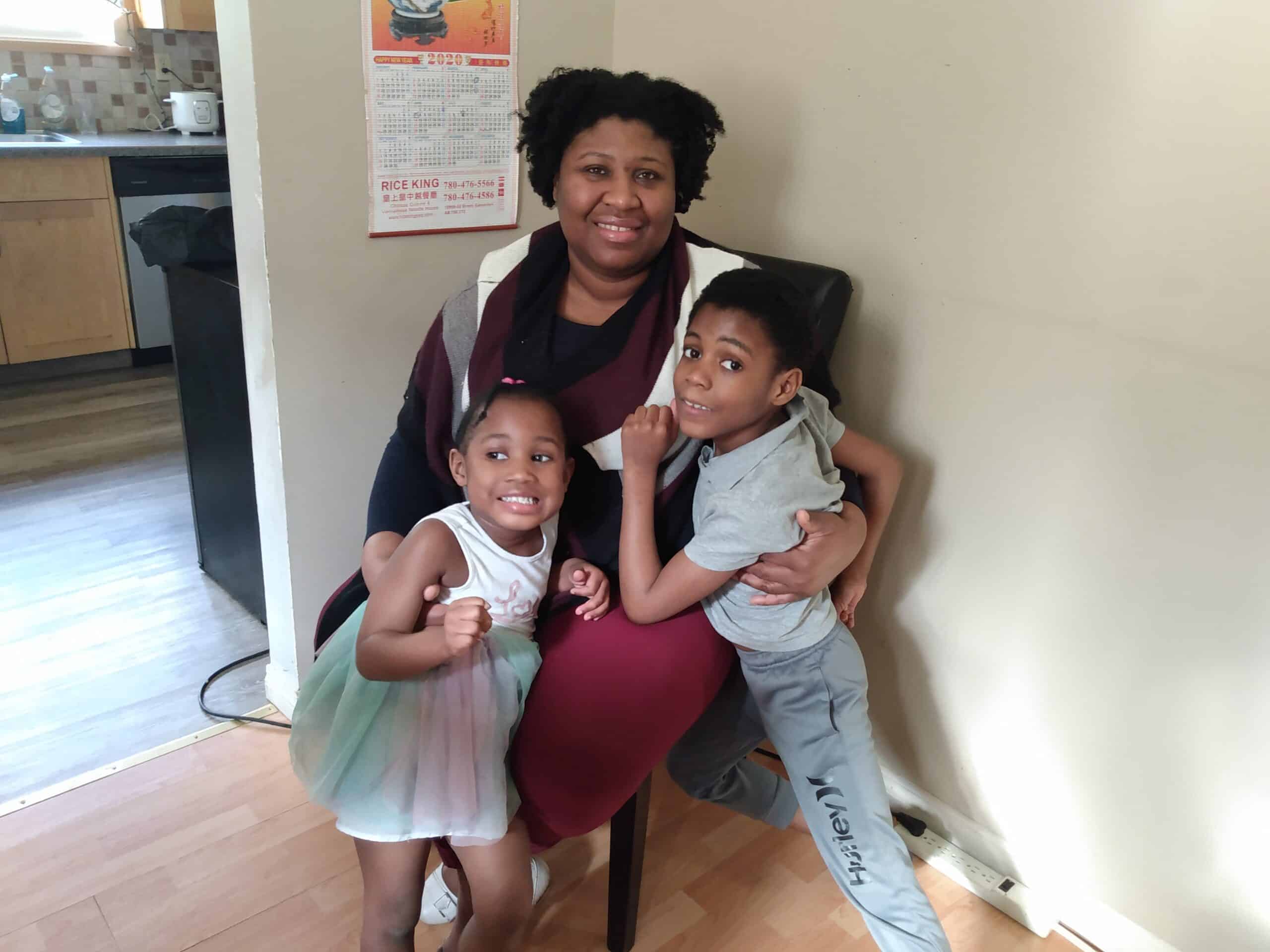Distance learning has its ups and downs
Local parents find different ways to cope with kids learning at home
Ajayi Aluko has a heavy distance learning load. He’s studying language arts, math, social studies, science, and physical education. Luckily, the Grade 1 student has help. Both of his parents work with his teacher to ensure Ajayi is getting a good education and enjoying it as much as possible.
Mom Sharee Aluko is a full-time college instructor working from home. Dad Emmanuel Aluko also works from home. This year, due to COVID-19, Ajayi’s parents decided to enroll him in a private school and employ distance learning. With a curriculum set out by the province, distance learning has its advantages and disadvantages, says Sharee.
“We meet with his teacher online twice a week,” Sharee says. “It’s rewarding to see what my son is learning and see his progress. I love that aspect.”
On the other hand, she says, “It’s demanding on my time. I’m doing a full-time job from home, and we have a younger child as well. In class, the teacher has more responsibility. With distance learning, we do activities with my son that his teacher would be doing if he was in a classroom.”
Last year, Ajayi attended Kindergarten in person. “He knows the difference and misses his friends,” Sharee says. Students do meet virtually in some classes on Zoom, she notes.
He also misses having an in-person teacher. “It’s different when your teacher is in class with you. The teacher would be with Ajayi all the time and get to know him well. Now she needs to reach out more, and it’s not as close.”
She adds: “If you are capable and have time, it’s very worthwhile to engage in your child’s education.” On the other hand, is it realistic to continue distance learning into the far future? “Maybe not. It’s a lot of work and sacrifice.”
Nadine Riopel found herself laid off from her university job just two days after the pandemic restrictions hit in mid-March. This worked in favour of distance learning, she says: “I would probably have quit but since I was laid off, I didn’t have to make that choice.”
Although her son is only in Grade 2, complex computer skills are required. “For Sam’s schoolwork, he needs to know all the Google classroom systems, such as having meetings, taking photos, inserting into slide texts, and printing assignments. Is this what a Grade 2 student should know how to do?”
At the start of this school year, Sam was so frustrated with technology issues that he wanted to go back to the classroom. Things got sorted out, but Riopel spends an “inordinate amount of time” working with Sam and two other children using technology. Teachers, too, she notes, have had to step up. “As well as teaching the students, they have to be computer experts.”
One solution helps ease the stress. Riopel, her husband, and two other couples share distance learning duties for a total of three children. As a result, the couple puts in two days a week instead of five.
“It looks like we’re in it for the year,” Riopel adds, “but I really hope Grade 3 next year is back in the classroom in a safe manner.”
Distance learning does have its advantages. Maggie Glasgow’s daughter, Seren, is in Grade 2 and enjoys everything. Her son, in Grade 5, is doing better in reading and writing. “Isaac doesn’t have as many distractions as when he was in the classroom,” Glasgow says.
She and her husband, Darren Pleavin, share responsibilities with parents of a Grade 3 student. Glasgow’s involvement is two to three days a week. On those days, the full-time working mom gets up at 5:30 am and works until 11 am. “I definitely am a night person,” she says with a laugh. “Waking up at that early is killing me!”
The couple alleviates stress with Family Art Night classes at Nina Haggerty Centre for the Arts, movie nights at home, and special “loud nights” like she had with her own parents. “We all choose music and turn it up loud and we dance. It’s a lot of fun.”
Featured Image: Sharee Aluko with son Ajayi (right) and daughter Ebunike (left). | Emmanuel Aluko.







